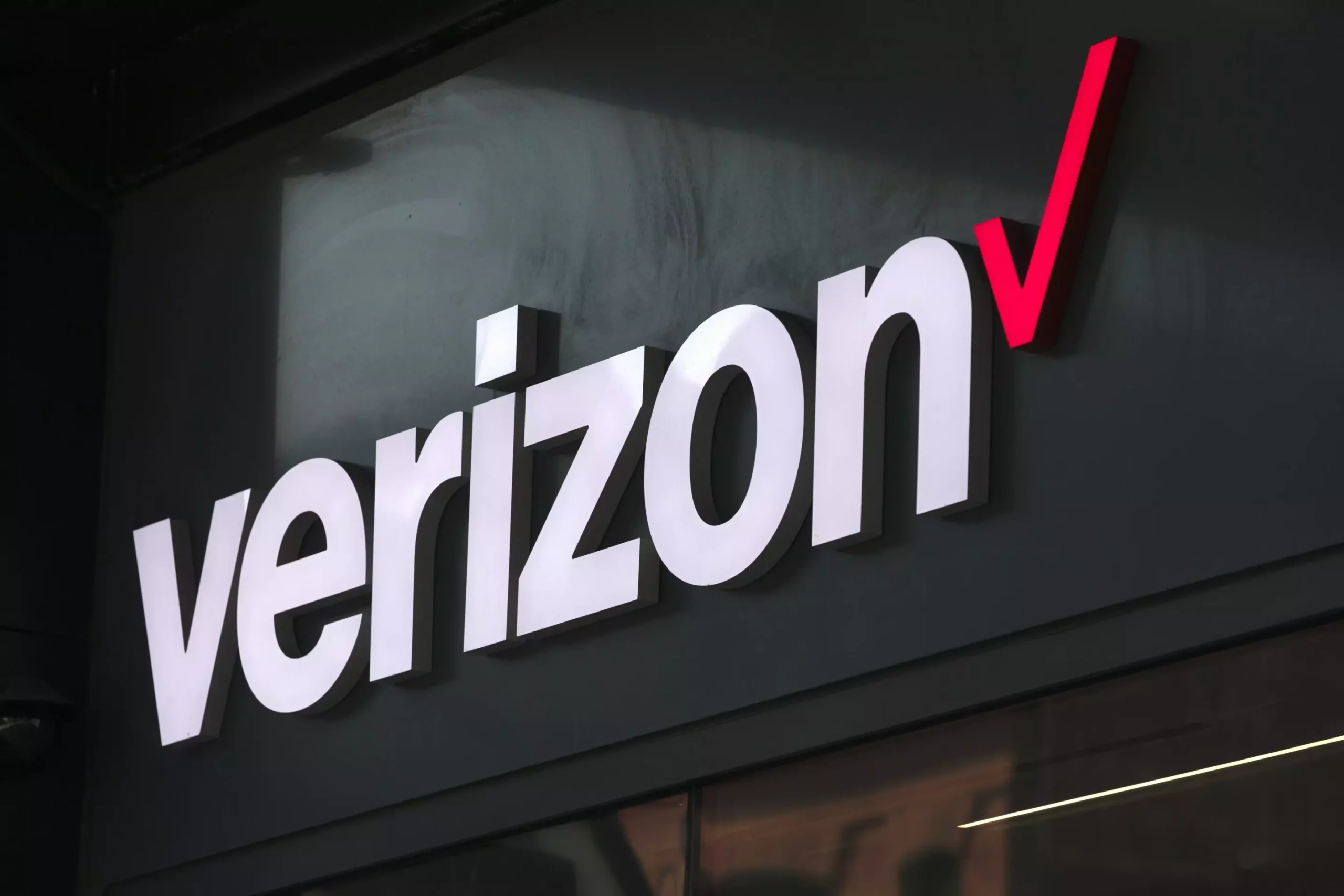On a recent Monday, tens of thousands of Verizon customers across the United States faced significant service disruptions. Reports indicate that an outage affected cell phone functionality for many, with outage tracker DownDetector noting over 100,000 incidents shortly after 11 a.m. ET. As the day progressed, the number of affected users fell but remained substantial, with close to 48,000 still experiencing issues around 4 p.m. ET. This widespread disruption paints a picture of a systemic problem that resonated with users across various regions, including areas that are still recovering from natural disasters.
Frustration erupted on social media as affected users voiced their concerns about service failures in numerous parts of the country. Particularly concerning was the impact on residents in the Southeastern U.S., already grappling with the aftermath of Hurricane Helene. However, the problem was not geographically isolated. Reports also surged from the West Coast, Midwest, and Northeast, suggesting a more extensive network issue rather than a localized power or infrastructure failure. Such widespread issues can rally communities, especially in times of recovery from natural events when dependable communication services become critical.
In an official statement on the social media platform X, Verizon acknowledged the issue and assured users that its engineers were deployed to investigate and address the situation promptly. This response, although necessary, raises questions about the robustness of Verizon’s infrastructure and its ability to handle such widespread outages. The response from the Federal Communications Commission (FCC) further underscores the gravity of the situation, as it launched its own investigations into the outage, suggesting potential regulatory implications for Verizon. These developments highlight the need for telecom companies to bolster their networks against such failures to maintain customer trust and ensure operational continuity.
During moments like this, Verizon users reported seeing “SOS” messages on their devices, indicating problems with connecting to the network. This can be particularly alarming, as such alerts suggest that, aside from emergency calls, users may lack basic functionalities. However, for those in need of immediate connection, many smartphones come equipped with Wi-Fi calling features. This capability allows users to connect through available Wi-Fi networks, offering a crucial lifeline during service outages. Consequently, understanding how to utilize these features becomes essential for consumers, as they navigate the challenges presented by their network’s instability.
As technology continues to evolve, ensuring reliable communication services must be a priority for providers like Verizon. Outages not only disrupt everyday life but can have severe consequences during emergencies. Analyzing this recent incident highlights the importance of resilient infrastructure and proactive customer communication strategies. Moving forward, it will be essential for companies to invest in advanced technology and systems that mitigate the impact of such outages. The focus should shift from reactive measures to preventive frameworks that ensure consistent and reliable service. In an age where connectivity is paramount, the expectation for telecom providers is to maintain high standards that keep their customers informed and secure, even in times of crisis.


Leave a Reply